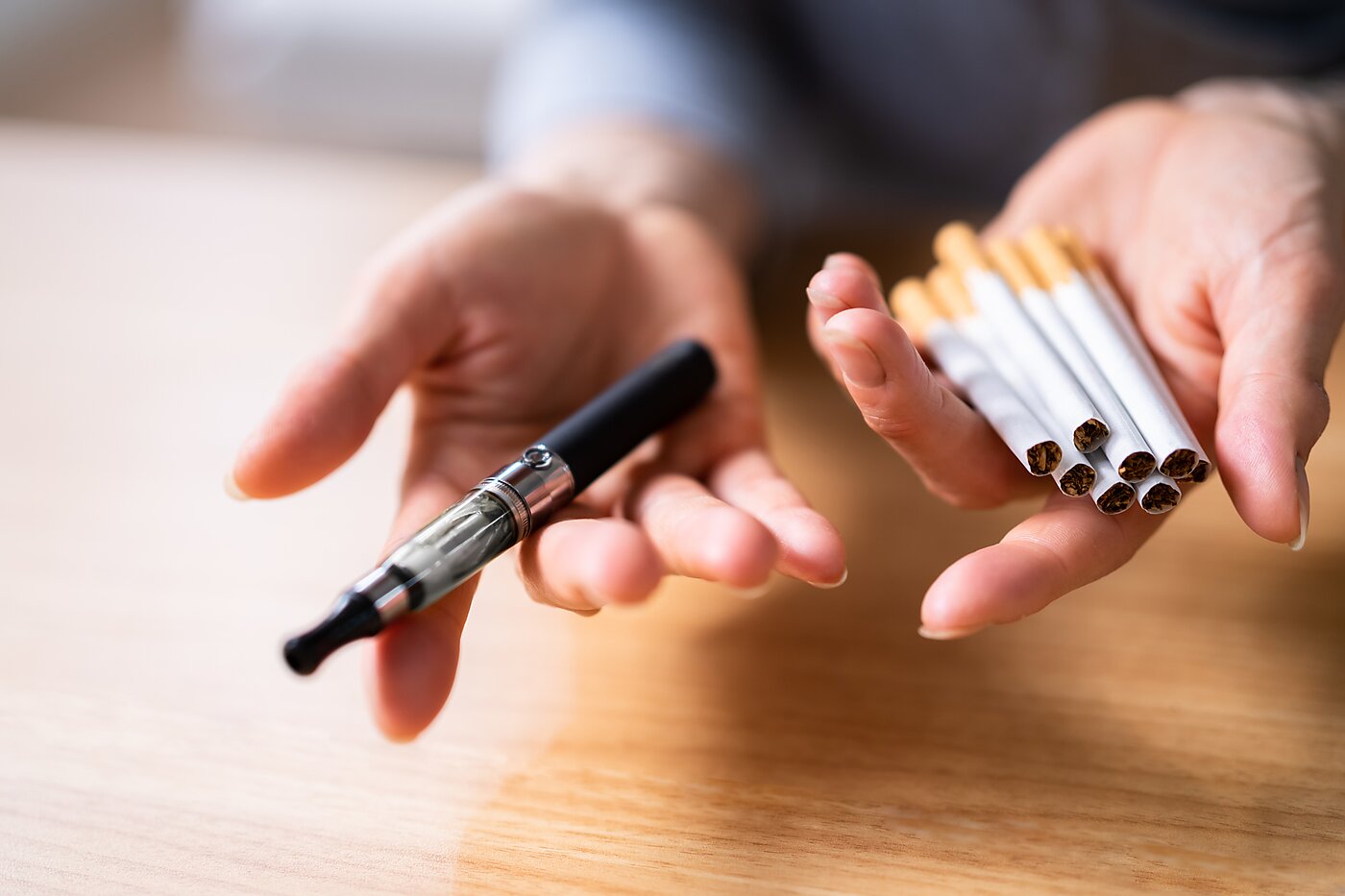Jeffrey A. Singer
Dr. Leana Wen is an emergency physician, former Baltimore Health Commissioner, former president of Planned Parenthood, and a Washington Post columnist. In her Washington Post column last week titled “The New Nicotine Product Replacing e‑Cigarettes to Addict Teens,” Dr. Wen expressed concern that, as teen vaping has dropped to historic lows, many teens are instead turning to nicotine pouches as their preferred method of nicotine delivery. She cited an April 2025 study published in JAMA Open Network showing that 2.6 percent of youth aged 12 to 17 have used a nicotine pouch in the past 30 days in 2024, up from 1 percent in 2023, which coincided with a decrease in teens using nicotine e‑cigarettes from 7.7 percent to 5.9 percent during the same period.
The data suggest a possible substitution effect: as youth vaping declined, some shifted to nicotine pouches. If so, the health impact may be neutral or even positive.
An FDA study found that most laypeople mistakenly believe nicotine is very dangerous. Dr. Wen correctly states that it is the components in burning tobacco leaves that cause cancer and cardiovascular disease, not the nicotine itself. But while her intent may be to protect youth, Dr. Wen’s framing risks reinforcing moral panic about nicotine itself.
While nicotine is the addictive component in tobacco, nicotine itself is relatively harmless. Britain’s Royal Society for Public Health claims that nicotine is “no more harmful to health than caffeine.”
Nicotine, like caffeine, stimulates and improves concentration. Unlike caffeine, nicotine increases beta-endorphins, which help reduce anxiety. That might explain why people reach for cigarettes under stress. Also, like caffeine, nicotine can be addictive. Yes, nicotine can raise blood pressure and cause blood vessel narrowing in some users, but caffeine can lead to ulcers, irregular heartbeat, and insomnia.
Emerging research points to nicotine’s therapeutic potential. It may help treat Parkinson’s disease, depression, Tourette’s, ADHD, Alzheimer’s, and schizophrenia. Up to 88 percent of people with schizophrenia smoke, likely self-medicating to improve memory and cognitive function.
Dr. Wen correctly argues that several studies, albeit mostly observational and some based on animal studies, suggest that regular use of nicotine might harm the developing brain. But so can caffeine and alcohol, which is why pediatricians warn against their use in kids. And, of course, Dr. Wen realizes that federal law prohibits retailers from selling nicotine products to anyone under the age of 21.
Dr. Wen is concerned that many teens are attracted to flavored vapes and nicotine pouches. However, adults also enjoy these flavored products, and those trying to quit smoking find it easier with flavored options. The government should not infringe on adults’ right to consume a product because it could harm minors.
Dr. Wen has long supported using harm reduction strategies to decrease death and disease caused by risky lifestyle choices. In 2020, she participated as a panelist in a Cato online policy forum that I moderated, where we discussed harm reduction strategies that could be used during the COVID-19 pandemic. Therefore, I was surprised that this same perspective didn’t influence her response to the news about the rise in past 30-day youth nicotine pouch use.
There is clear evidence that increases in teen vaping have coincided with decreases in teen smoking. A study by researchers at Brown and Harvard Universities found, “Among nonsmoking youth, vaping is largely concentrated among those who would have likely smoked prior to the introduction of e‑cigarettes, and the introduction of e‑cigarettes has coincided with an acceleration in the decline in youth smoking rates.” They concluded, “E‑cigarettes may be an important tool for population-level harm reduction, even considering their impact on youth.”
However, researchers have recently raised concerns that vaping aerosols may contain harmful heavy metals. As they learn more, they might find the risk is limited to black market vaping products. Even if those concerns about vaping prove valid, nicotine pouches offer a demonstrably safer alternative.
Viewed this way, Dr. Wen should be encouraged by the steady progress in reducing harm from teen tobacco product use. Over the past decade, adolescents and teens have shifted from more harmful tobacco smoking to less harmful vaping and are now moving from vaping to even less harmful nicotine pouches—this is not to advocate for teen nicotine use. But harm reduction supporters should be pleased that teens seeking nicotine products on the illegal market are choosing safer options.
Dr. Wen might think that nicotine’s risks to adults are greater than its benefits, but in a free society, adults—not government officials—should decide that for themselves.
Her concerns are valid, but her framing misses the bigger picture: teen tobacco-related harm is declining—not because of stricter enforcement, but because even youth acting outside the law are turning to safer alternatives. By focusing narrowly on the rise in pouch use without acknowledging the decline in overall harm, she risks fueling unnecessary panic and distracting from meaningful progress.


